‘Many Have Lost Their Lives in These Tunnels’
Serious hazards for construction workers in the Himalayan region
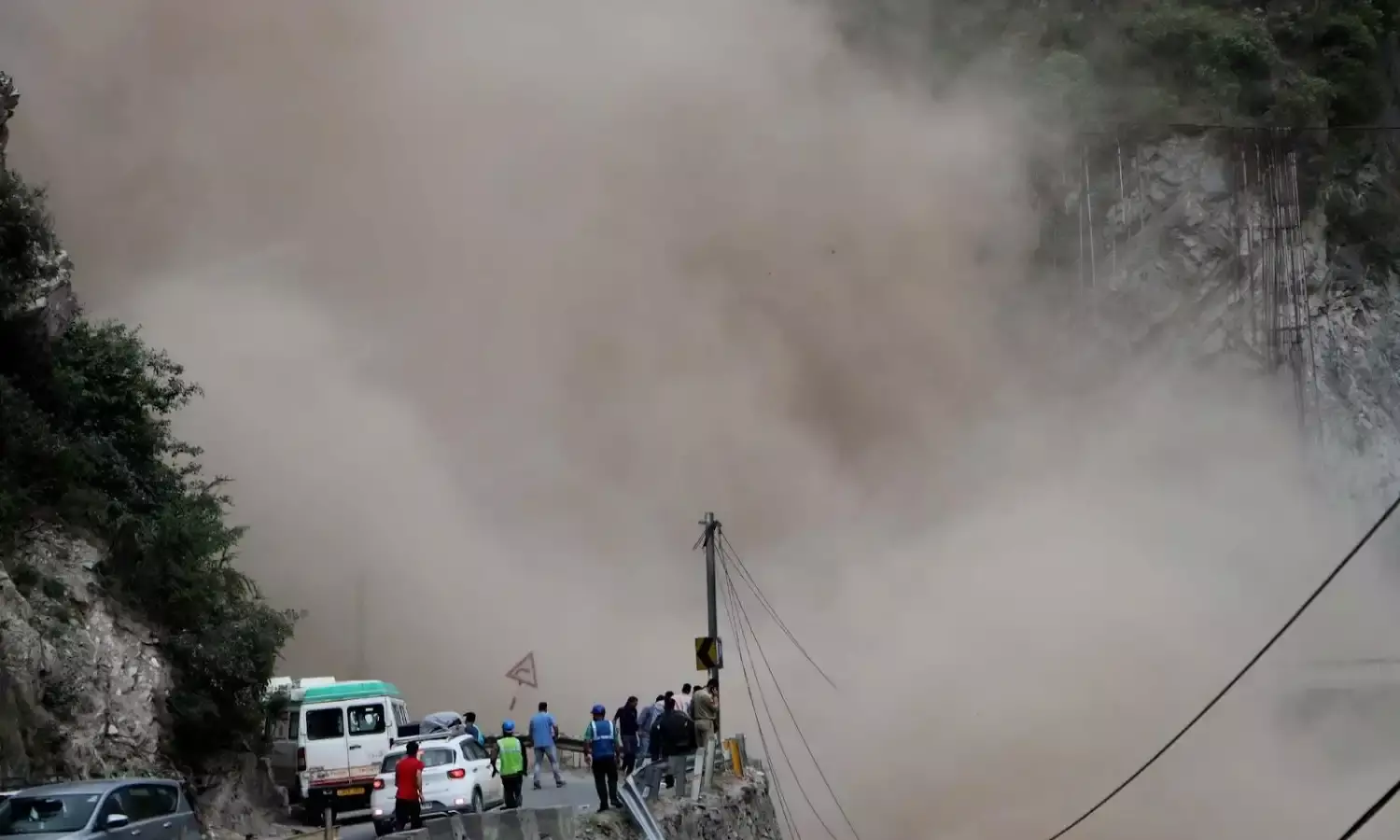
The workplace deaths of 10 men at a tunnel construction site in Ramban on the Jammu-Srinagar highway have again drawn attention to the serious hazards faced by workers employed to build roads and dams in the Himalayan region, several of them in very remote areas. These workers were trapped after a landslide hit the tunnel under construction on May 19, followed later by one more landslide. Apart from their deaths, the remaining workers suffered injuries.
While the overall conditions at many such construction sites are known to be hazardous, according to preliminary reports the government increased the risks by hiring subcontractors, which resulted in the work being handled by those who did not have much experience or knowledge of such dangerous conditions.
Subcontracting is a common practice in such work and the principal employer gets away with reduced legal liability for hazardous working conditions. Workers face more risks under this system adversely affecting their rights and safety. Ramban was a well-known landslide zone and even before this serious accident several commuters had suffered injuries or near escapes in the middle of falling boulders. Surely better protection steps should have been taken well in advance when work was to be taken up in such a hazardous area.
Five of the people who perished in the accident were from West Bengal while three were from Assam and Nepal. The serious risks that people from very far-off areas, isolated and unfamiliar with local conditions, face can be well imagined.
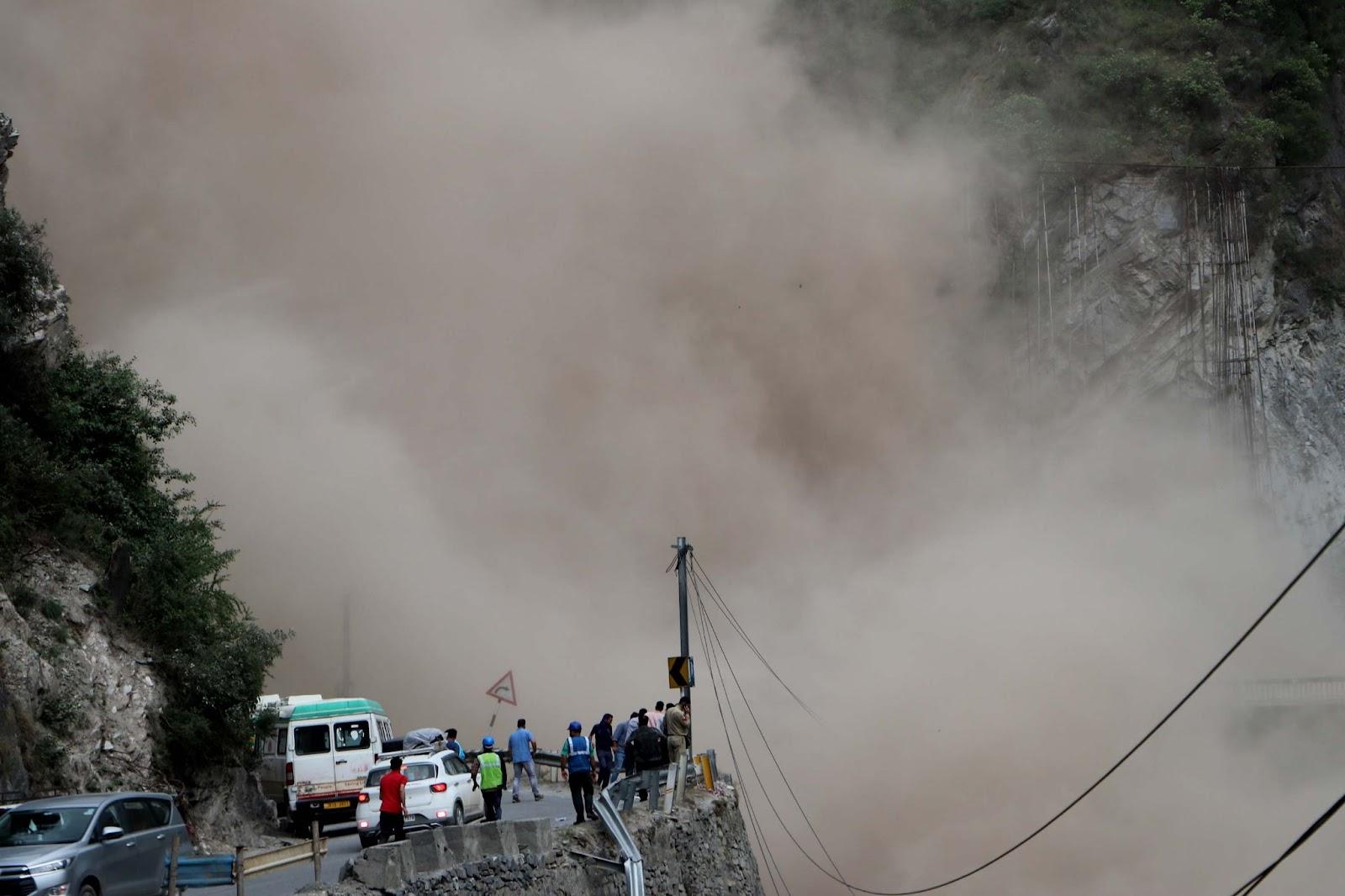
The tunnel is part of a vast network of bridges and tunnels on the strategic highway connecting the two key cities of Srinagar and Jammu in the region (Basit Zargar)
Numerous cases of landslides and accidents in the course of construction and widening work on highways have been reported from the Himalayan region. In addition the work on dams and hydro projects in these states has also involved increasing the risks faced by workers, generally immigrants from remote areas with hardly any local resource base.
In one of the worst dam-site accidents, at least 29 workers were killed in a serious accident at the Tehri dam site in Uttarakhand in August 2004. Many other were injured and/or rescued amidst great difficulty.
The Tehri dam project has long been controversial as one of India’s most unsafe dam projects posing a grave risk to the teeming cities and villages of the vast Gangetic plains below. The accident at this dam site further confirmed several doubts raised from time to time about the weakness of the nearby mountains and the safety of the dam. It also focused attention on the highly hazardous conditions in which dam workers toil in many distant parts of India.
It was subsequently realized that the death toll in the Tehri dam disaster was likely much higher. District officials conceded that as many as 109 workers were present in the Diversion Tunnel T-3 of Tehri Dam when the rockslide took place. In fact many reports expressed apprehensions that the death toll was actually higher.
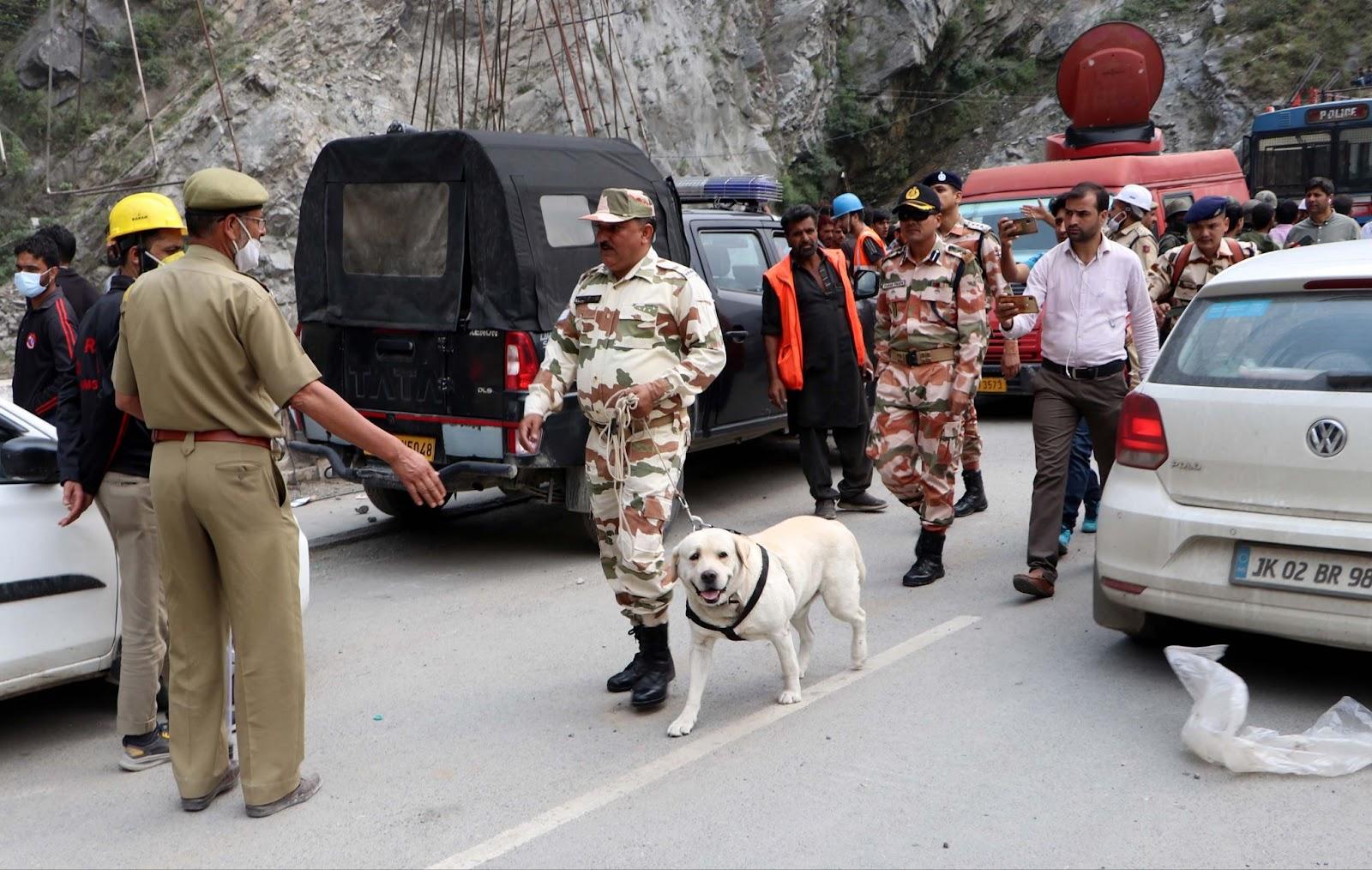
Officials said the section that collapsed was an approach tunnel used for ventilation and moving supplies and equipment to the main, under-construction tunnel (Basit Zargar)
It has been pointed out that the micro-silica treatment which could have helped avert this tragedy should have been completed much before. The adequacy of other safety and rescue arrangements has also been questioned. Dr P.C Navani, director of the Geological Survey of India, who worked at the Tehri dam site for 15 years, told the press that the accident happened because work was still continuing in the ‘unlined’ area of the shaft during the rains. “Work in the rainy season in the unlined area should’ve been avoided at all costs,” he said.
A worker Ganesh who was rescued from a tunnel told the press, “How can they allow this to happen? Even earlier, small accidents have been taking place and many workers have lost their lives in these tunnels.”
Just days after the Tehri disaster, on August 7, 2004 twenty workers were trapped inside a tunnel in the Parbati hydel project in Himachal Pradesh, about 60 km from Kullu. They were rescued, but at one time there was a real danger of their lives being threatened.
On February 14, 2010 six workers died and 16 were seriously injured in the Kinnaur district of Himachal Pradesh when stones and boulders destabilised by the blasting work carried out for dam construction fell on a temporary settlement of workers. The accident occured at the 1,000 MW hydel project Karcham Waangtu. Two workers tried to save themselves by jumping into the Satluj river but were never found.
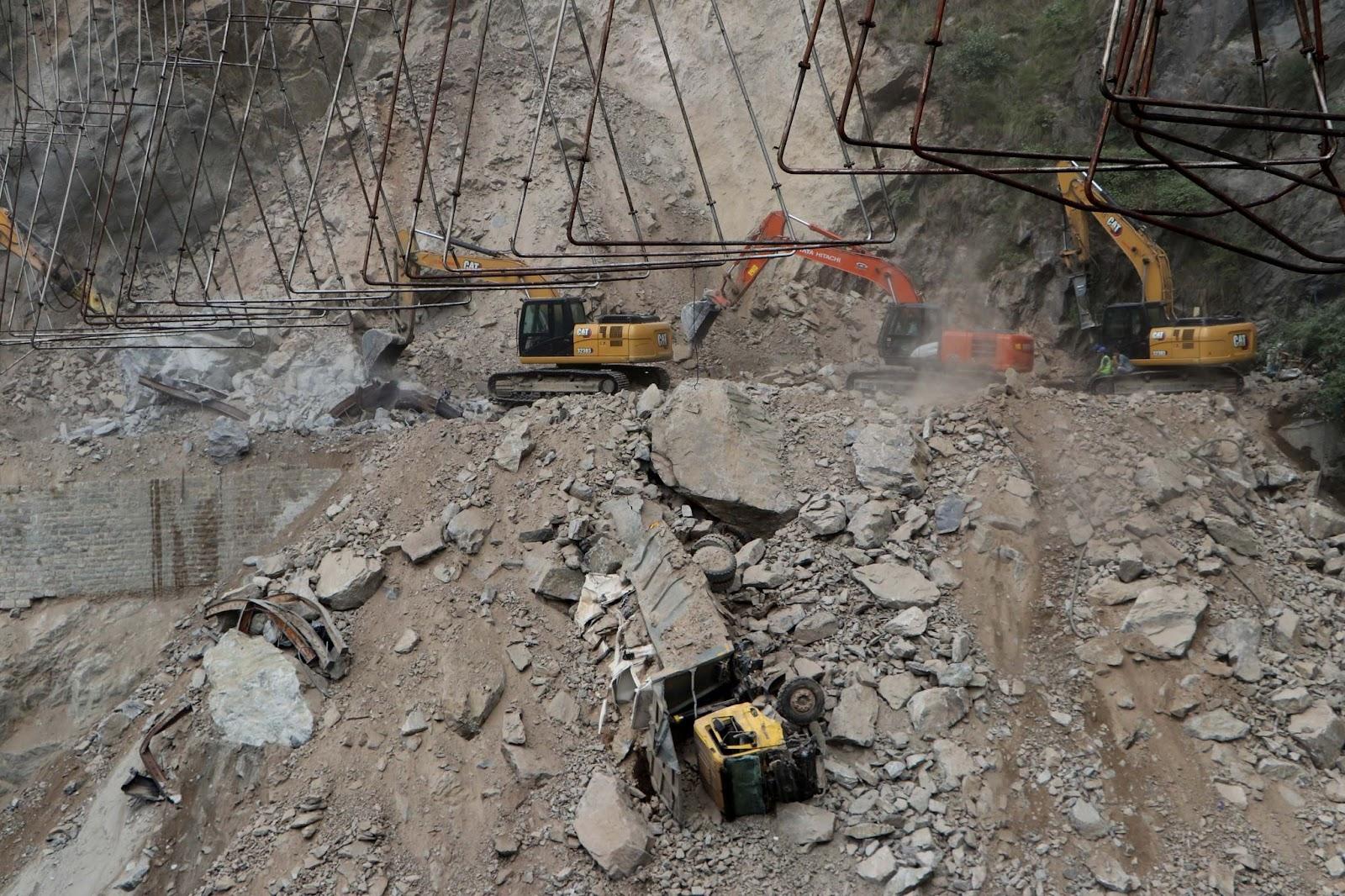
The government later announced a paltry grant of Rs 10,000 each for the families of the workers who died in Kinnaur and Rs 5,000 each for the injured workers. Some reports said that the number of workers who died could well have been higher and it was difficult to get reliable information as the authorities had not prepared job cards for most of the workers, violating Indian and international labour laws. Several of the workers who died or were injured were immigrants to the worksite. In another tragedy in the same Kinnaur district in November 2015, two workers died and six were injured in a blast in Shongtong–Karcham project.
The tragic accident at the Tehri dam site should have awakened the authorities to the crying need for better and secure working conditions for dam workers toiling in extremely difficult conditions in distant parts of the country. As a lot of dam construction work takes place in very remote areas, several construction companies adopt the strategy of bringing workers from far-off impoverished areas. Then attempts are made to shut them off from the local population so that whatever happens to these workers remains a secret. This arrangement enables the employers to get away with glaring violations of minimum wage laws, neglect of safety requirements and non-payment of compensation.
Some years back Odisha’s Minister of State for Labour, who also headed a committee of the Odisha Assembly on migrant labourers, said after visiting the Salal dam site in Jammu and Kashmir that the labourers from Orissa employed there who resisted this oppression were being thrown into the Chenab river (as reported in newspapers at the time). It was revealed in the findings of this committee that these workers were unable to communicate with persons other than their employer and supervisor. When the work for the dam was over they were herded into ramshackle huts and locked from outside.
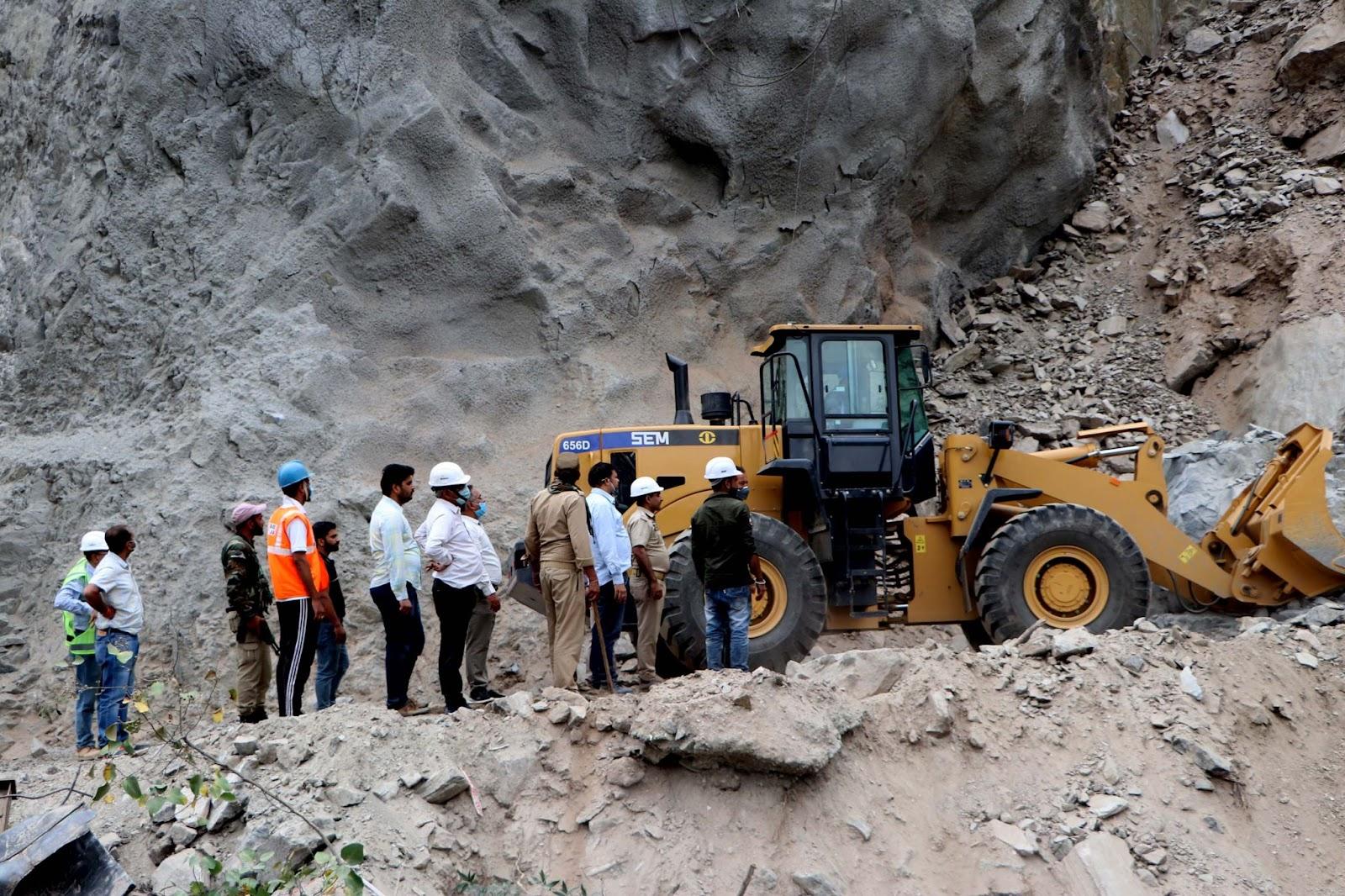
According to a probably incomplete list of workers who died at the Ramganga dam worksite in UP, in the plains close to Himalaya foothills, published by a local newspaper Bijnore Times, 88 workers perished at this dam. In addition as many as 501 workers were injured, many of them rendered physically handicapped for the rest of their lives.
In the case of the controversial gigantic Tehri dam project, very serious violations of labour laws were reported from time to time. This information could come to light because of the initiative taken by some local trade unionists in bringing the existing deplorable conditions to the notice of the Supreme Court and the subsequent inquiry ordered by the court.
R.C Aggarwal, a judge in Tehri Garhwal, conducted an inquiry into the living conditions of workers employed at the Tehri dam project. The allegations made against the employers of the project were confirmed by this inquiry and evidence of the harsh ill-treatment of workers and violation of safety requirements came to light. When it was published, the workers were thrown out and assaulted with the help of local goons. Subsequent investigations by journalists revealed the conditions to be equally bad at some other hydro-electric projects in neighbouring areas.
These are only a few cases of the glaring exploitation of laborers employed at dam-sites which have come to light. For every case reported it is certain that many others go unreported. As highway and dam workers in Himalayan region often face high risks and isolation together with exploitation, our governments and courts should take significant steps on the basis of urgency for their protection and safety.
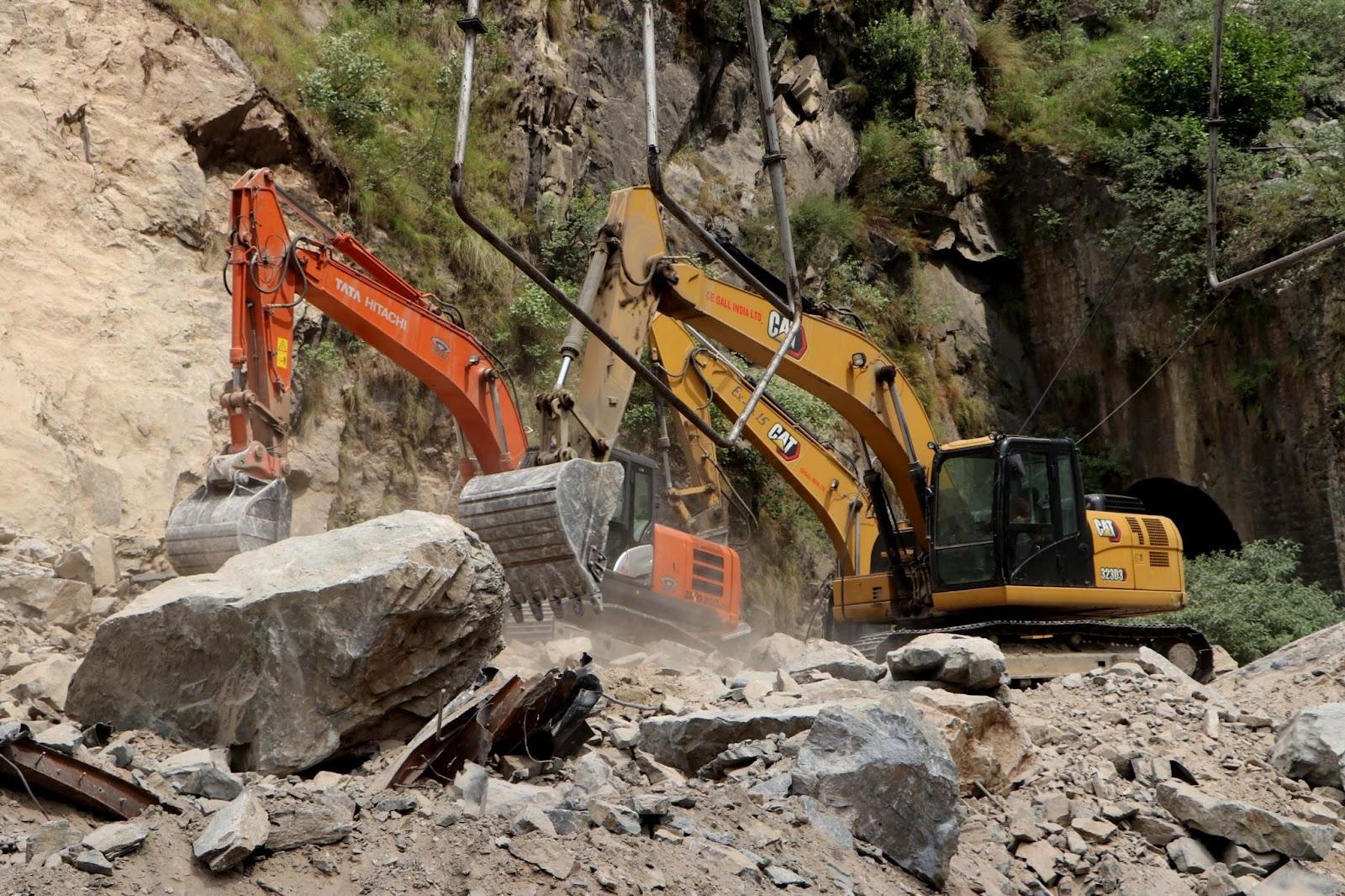
Photographs BASIT ZARGAR



